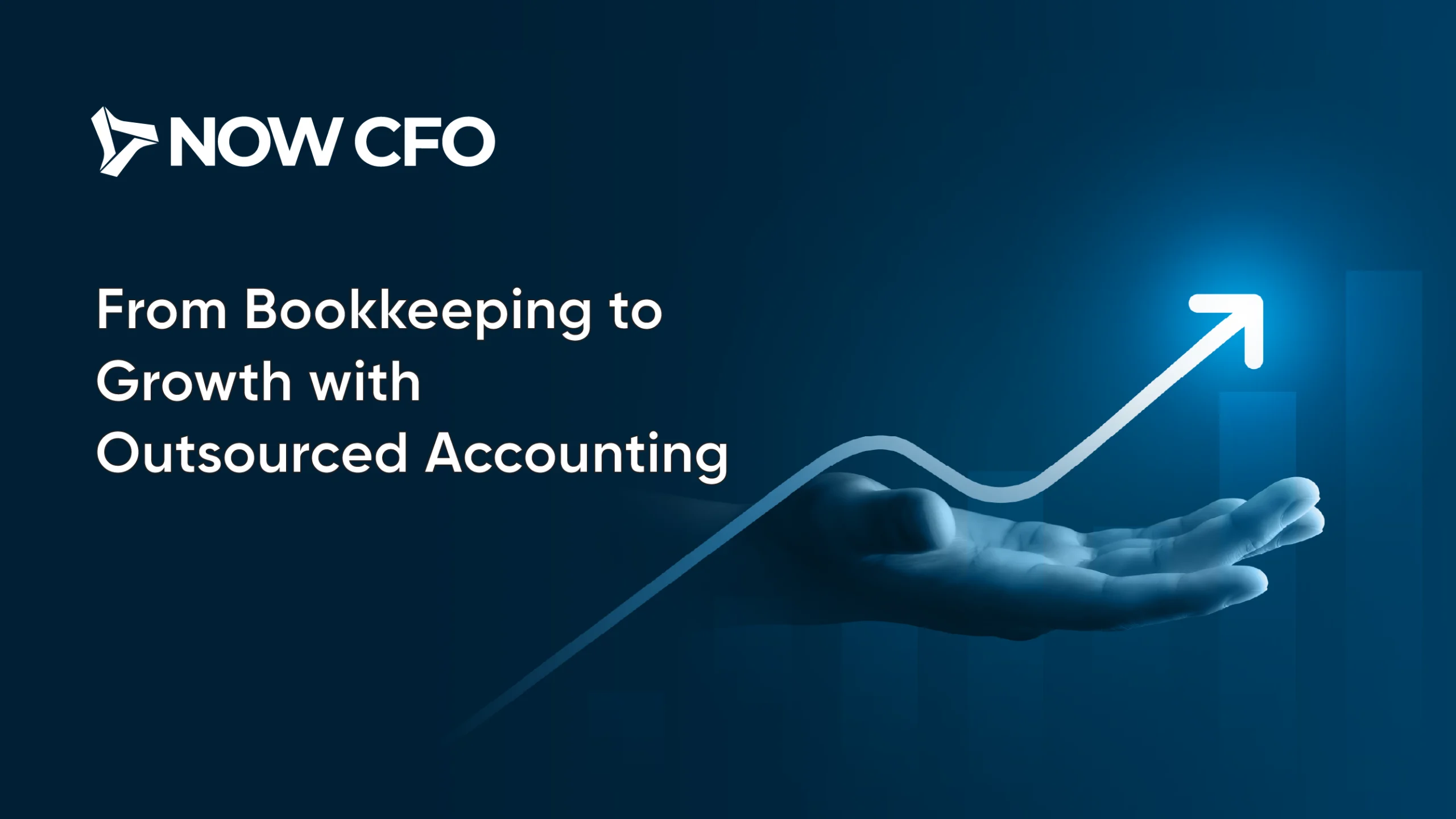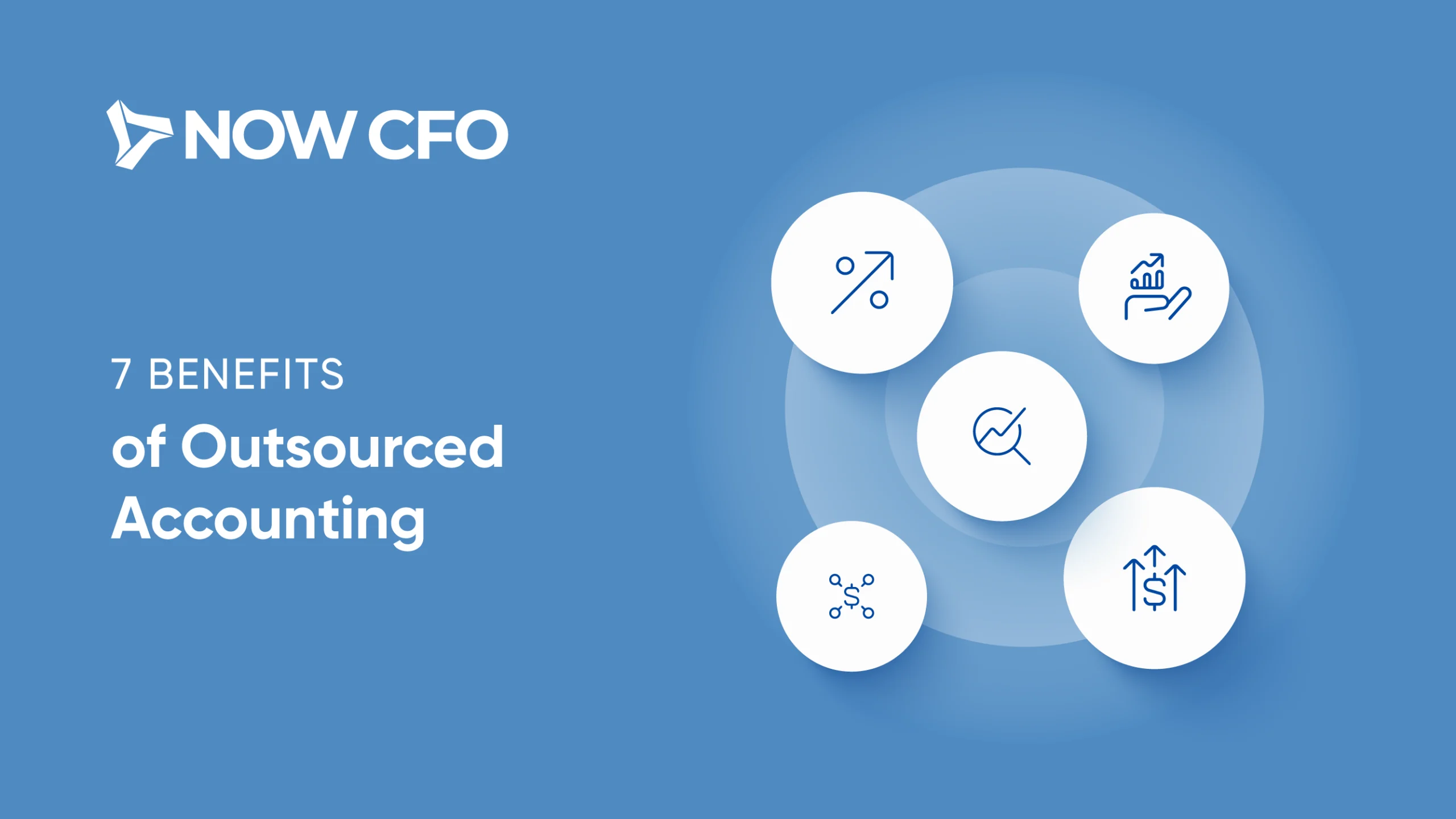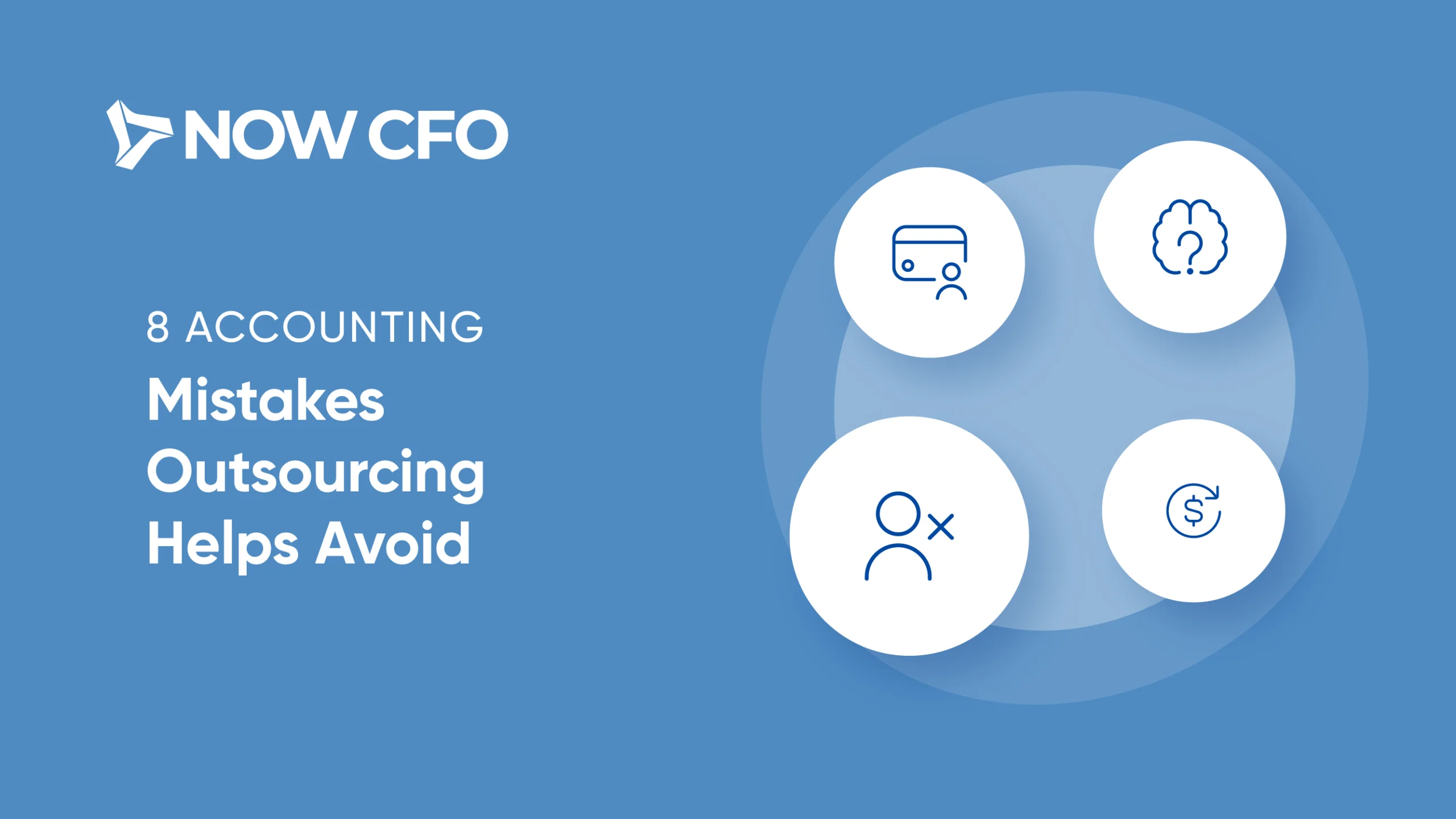
It’s no secret that the end of the year brings additional obstacles and challenges. Between holiday stress, preparing for the next year, and increased PTO among your team, it can be easy for business owners become overwhelmed by the tasks that year-end requires. By creating an end-of-year accounting strategy and general to-do list, you can both successfully close out the year and navigate your business’ needs with less stress. The key is to both obtain financial visibility for your business’ performance throughout the year and position your organization for success in the upcoming year.
What is Year-End Close?
The year-end closing process entails reviewing, reconciling, and verifying all transactions and components of the general ledger. The goal is to first ensure that everything adds up, taking into account the business’ expenses, revenue, income, assets, investments, and more. The second goal is for the accounting team to produce a final financial statement—including a balance sheet, a P&L, and a statement of cash flow—that can be used to inform internal stakeholders, such as business leaders that can use the information for planning, as well as external stakeholders, like investors or lenders. The year-end close can similarly be prepared in the case of an external audit.
Throughout the year-end closing, accountants will look for any discrepancies within financial transactions. If discrepancies are found, some amount of forensic accounting may be required to discover the cause of the error and adjust the financial ledger accordingly. This can prove to be difficult, as missing invoices, data entry errors, and a general lack of accounting controls and processes can pile up at the end of the year.
Why is Year-End Close Important?
Closing out the year has important implications for a company internally and externally. Externally, there are legal liabilities involved, particularly in the case of an audit. It’s crucial that a company’s financial statements accurately reflect the state of the business. Internally, year-end close allows a business to create a more realistic budget and cash flow forecast for the coming year. It can also highlight areas that need improvement; for example, if year-end close requires a significant amount of manual effort, it may be time to upgrade accounting systems or streamline certain processes.
Your Year-End Checklist
Though your specific to-do list may vary depending on your industry and business size, below is a general idea of the tasks you should carry out and verify for year-end close. For additional guidance in either creating or executing a plan, it may be a good idea to bring in someone from a fractional accounting firm. An outsourced accountant can help get your financials in order for year-end close, as well as create a fiscal plan—including budget, cash flow forecast, and more—for the coming year.
Reconcile Accounts
First things first, it’s important to verify that your accounting records match your bank statements. To reconcile your bank accounts, compare the account balance to your business’ general ledger. Though ideally, account reconciliation should occur every time a bank statement is issued each month, conducting a reconciliation at the year-end ensures that nothing slips through the account. Once deposits in your business account are compared with your bank statement, you can adjust the statement accordingly. This is also a good practice to identify any errors or potentially fraudulent activity.
Review Credit Card Statements
In general, it’s a good idea to hold on to your credit card statements to both track spending and manage tax-related expenses. Credit card statements are necessary to prove business expenses that could lead to tax deductions. Take time at the end of the year to review your statements for tax purposes as well as to check for fraudulent activity, potential overcharges, and unexpected expenses, such as an uncancelled subscription.
Revisit Business Loans
Verify that the amount you paid towards your business loans is reflected in the remaining balance. Additionally, check that interest charges have been calculated and recorded accurately. This is also a good opportunity to evaluate whether or not your loan terms are favorable, and consider renegotiating or refinancing.
Gather Outstanding Invoices and Receipts
You’ll need any outstanding invoices or receipts to close the books, so be sure that your employees understand what they need to submit—such as department heads turning in receipts to the accounting team. Similarly, verify that all invoices to clients and customers were sent and paid, and that your business is up to date on bill and vendor payments.
Review AP and AR
As you’re analyzing invoices, work to close out AP and AR. Ensure that all money coming in our going out of the business accurately reflect dealings that occurred. Any receivables owed at the end of the year should be added as credits on the income statement and debits on the balance sheet. Similarly, any unpaid debts should go on the balance sheet as liabilities or accrual expenses.
Evaluate Balance Sheet
The balance sheet shows the financial position of your company, listing assets, liabilities, and equity. At year-end, verify that your assets and liabilities are recorded and categorized correctly. Additionally, check that everything recorded on the balance sheet belongs there and not on the P&L.
Assess P&L
Before assessing your profit and loss statement, consider whether your business is operating on a cash or accrual basis of accounting. Then, you can analyze:
- Sales and source of sales
- Seasonality of your business
- Net income
- Cost of goods sold
- Profit margin
You can use this to evaluate your business’ performance for the year as well as make a forecast for future sales and expenses.
Conduct Inventory Counts
If applicable to your business, conducting an inventory count is a good way to verify that your reported sales are accurate as well as identify any issues that need rectifying. Consider which method is best to count inventory, such as a cycle count, and then make any reconciliations needed for discrepancies.
To sum it all up, the key to a manageable year-end close is proactive, organized accounting practices throughout the year!














